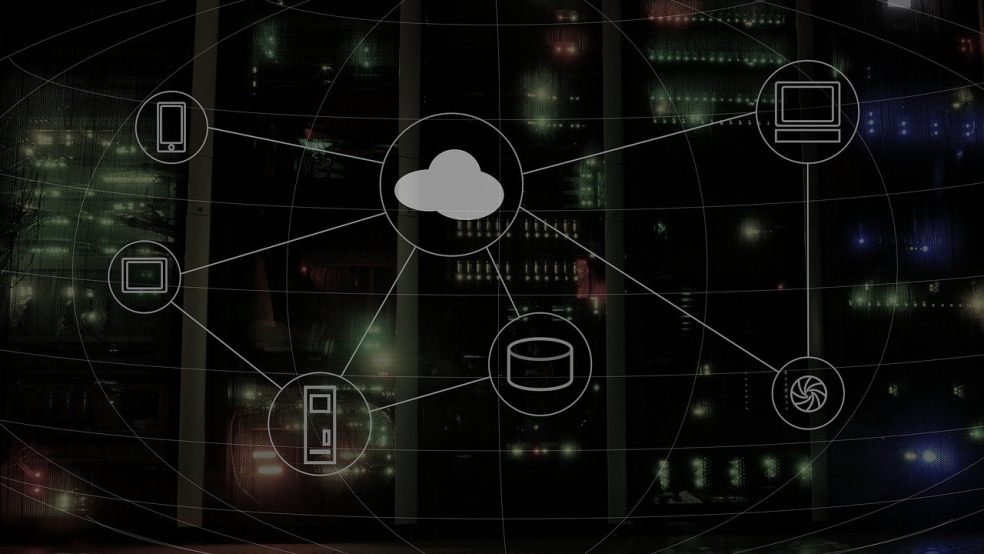
All you need to know about cloud computing – History, services and benefits
Do you know what cloud computing is? Cloud Computing is the technique of delivery of computing services over the net. These computing services embody storage, servers, databases, software, analytics, and additional. All of these can quickly integrate into structured network maps with the help of network mapping software that creates network maps to visualize network devices. Cloud Computing is an information technology paradigm that allows us to access shared computing sources with tokenish management effort. With the assistance of Cloud Computing, we can use computing resources on-line over the net while not investing cash in a building and maintaining computing infrastructure. The great good thing about Cloud Computing is, it provides a "pay-as-you-go" or "pay-per-use" model means that you only pay just for the resources you've got using today. It reduces your in-operation expenses.
HISTORY OF CLOUD COMPUTING:
First of all, the phrase Cloud Computing appeared in 1996 (mentioned during a Compaq internal document). Later on, the term was popularized in 2006 as amazon.com free its Elastic Cloud Computing platform "Amazon internet services". In early 1993 the term cloud was wont to talk over with a network of distributed computing.
BENEFITS OF CLOUD COMPUTING:
There are many benefits of cloud computing. Some of them are as below.
FLEXIBILITY:
One of the main advantages is flexibility. If your business wants to increase, it is simple to scale your cloud resources from remote servers. Hence, Cloud Computing is suitable for businesses with growing demands for resources. There's even flexibility when it comes to the cloud model itself, businesses can choose from public, private, or hybrid cloud network architecture, depending on what they intend to use the cloud for and their individual requirements.
COST:
It reduces the opportunity cost of building and maintaining computing infrastructure. you'll be able to access any resource via Cloud while not having to run on-the-spot knowledge centers and rent TI specialists for managing this vast infrastructure.
PRODUCTIVITY:
On-site ancient computing infrastructure needs plenty of hardware setup and comprehensive infrastructure management. It will increase your productivity by removing these long tasks and permits organizations to specialize in their core business.
PAY-PER-USE:
Another excellent profit is, the suppliers provide you with "pay-as-you-go" based mostly services suggest that you merely have to be compelled to obtain the benefits you employ. It reduces the management price of organizations.
SERVICES OF CLOUD COMPUTING:
Generally, its services comprise three classes, i.e., IaaS (infrastructure as a service), PaaS (platform as a service), and SaaS (Software as a service). These three Cloud Computing services area units are generally known as the Cloud Computing stack because they build a stack as they sit on high of one another. You can get all these services from Cloud managed service providers efficiently. Here's a summary of those three services.
INFRASTRUCTURE AS A SERVICE (IaaS):
Infrastructure as a service is one in every of the most classes of services. It provides virtualized computing resources like virtual machines, storage, networks, and operational systems to people or a company from a cloud supplier.
PLATFORM AS A SERVICE (PaaS):
Platform as a service is a service class that has the platform for developers to make applications and services over the web. PaaS provides the on-demand development setting for developing, testing, and managing software package applications.
SOFTWARE AS SERVICE(SaaS):
Software as a service is a class of its services that gives on-demand software package applications over the web. Cloud suppliers host and manage software package applications and permit their users to attach to the applying and access the applying over the web.
Here we discuss all cloud computing, its benefits, and the services it provides also—this the best software to use for computing in any sense.













